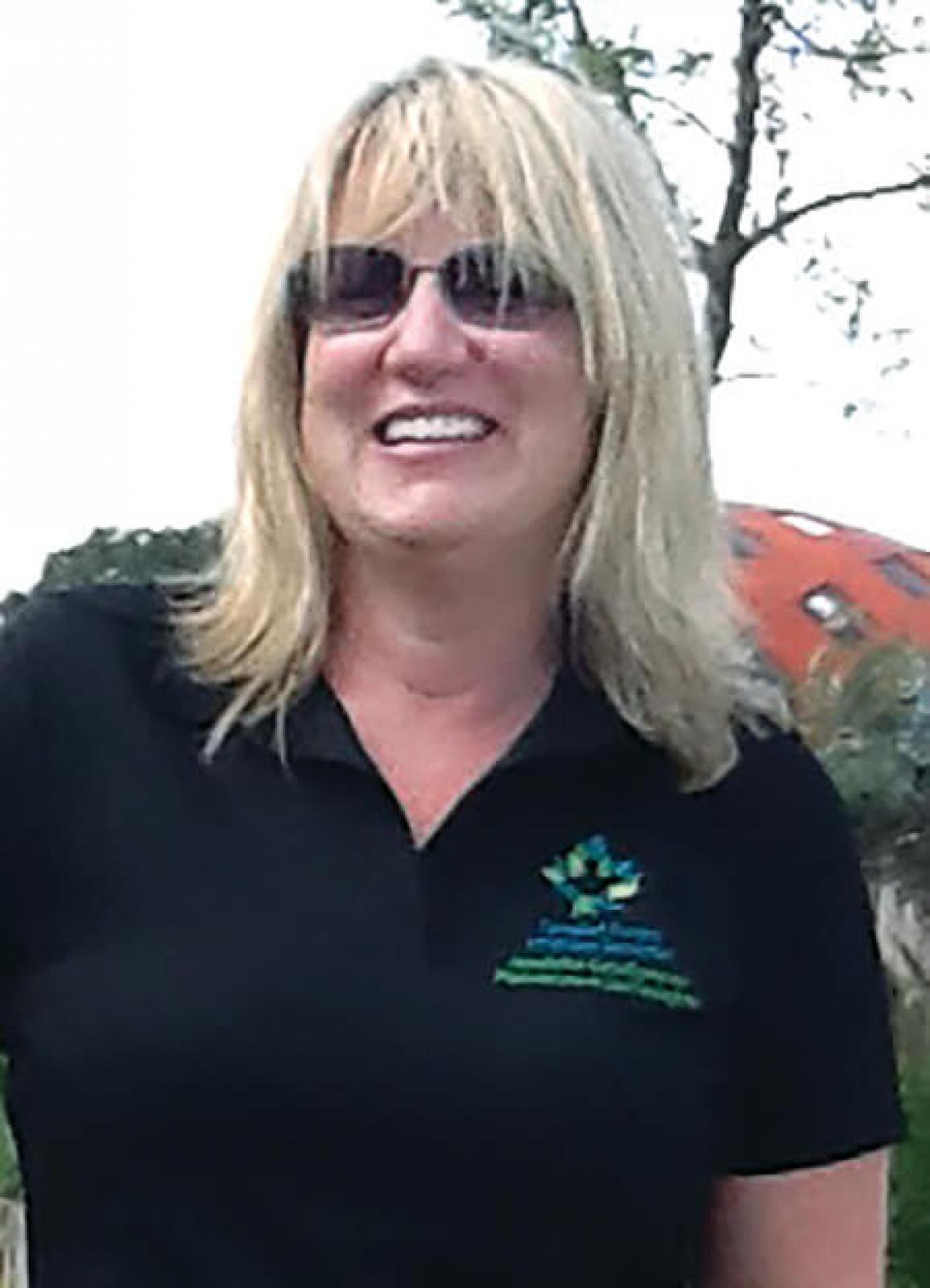March 29, 2017

Christene Stenhouse LeVatte
Environmental opportunity adds value
Christene Stenhouse LeVatte is co-owner of Highland Landscapes for Lifestyle based in Cape Breton, N.S., a family design/build firm celebrating 42 years in business. She is past president of Landscape Nova Scotia, past president of CNLA, current chair of the Canadian Landscape Standard Committee and she sits on both the CNLA and Canadian Society of Landscape Architects (CSLA) Climate Change Task Forces.
Everyone wants to be environmentally friendly, but how do you apply it to your business?
Our company culture has always been to reduce, reuse and recycle. Our nursery uses drip irrigation, and we re-use or donate all empty containers; garden clubs take most of them. All vegetative waste is composted on-site. In the office we make an effort to reduce paper, which isn’t always an easy task. But efficient management of resources just makes sense, for both the environment and our bottom line.Making the effort to be environmentally conscious is becoming the societal norm. Our staff bring water bottles to work and fill up at the water cooler. Most bring their lunches in reusable containers. Less waste and better consumer product choices just happens now, and we see it especially with our younger crew members, who cannot remember a time where there wasn’t a blue box in their home.
Before I even put pencil to paper, or more accurately, mouse to Dynascape, sites are assessed for not only environmental solutions, but also environmental opportunities. Top of that list for most sites is the capturing and directing of groundwater away from storm sewers to vegetated swales, through permeable hard surfaces or via downspouts into rain water catchment. Green infrastructure trumps grey infrastructure every time, and if we can offer the client a green infrastructure alternative, we will.
We also use the Canadian Landscape Standard as the foundation for all our design, installation and maintenance work. This standard is like any tool, if used correctly and to its potential, it’s a win-win for your business and your clients.
How do you educate your clients on these issues?
Our landscape design has become laser-focused to consider overall contribution to the client’s landscape in terms of function, aesthetic and the environment. The proper product mix, proper installation and construction and on-going maintenance of the entire landscape is imperative if the landscape is to do its job. Our clients are getting it; they are making the connection, and they are vested in the success of their investment. It’s the ultimate value-added selling.Clients are anxious to help. The internet is a powerful communicator so people know the time is now to care about their environment, make informed choices and be part of the solution. They want to know what they can do. As the landscape designers, they look to us for answers. We hold the power to influence client choices and that is a role for which we must be professionally prepared.
We are launching a new website that will offer our clients information and ideas on how they can make environmentally sustainable choices for their own homes and landscapes. Our online design will prompt and guide clients to think about their landscape as part of a holistic ecosystem that contributes positively to our environment. It will talk about climate change and what we can all do, to do our part. It will include a simple checklist of landscape components clients can consider. Not every component applies to every client, but we expect the design checklist will provoke thought, and we hope, inspire better landscape choices.